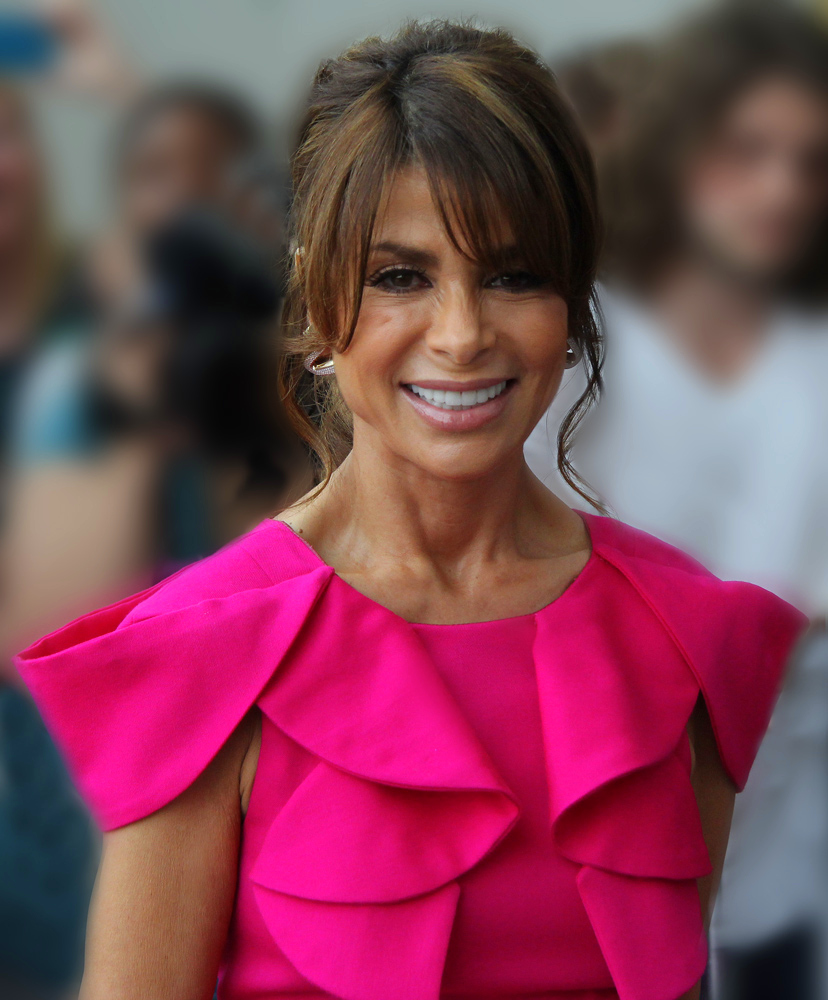Overlooked Languages: Recognition
As we bring our exploration of somewhat overlooked languages to a close, we would first like to take a glimpse back at how far we've come.
We discovered that descriptive video service is so much more than just glorified commentary, that sign language interpreters are some of our most entertaining and unsung of heroes, and that Braille is, without a doubt, possibly the closest we will ever get to a language that is almost universal – but that Braille itself isn't even considered a language.
As the great Paula Abdul taught us, we've taken two steps forward and exactly two steps back...
Photo via Wikimedia / Wikimedia
In our previous article in this series we asked the question: why are languages such as sign language and Braille so often not listed amongst the options of languages that you can or can't speak?
Let's start with Braille.
Braille is, surprisingly to us, still seen as merely a system for interpreting languages rather than being a language in its own right. If computer programming can be thought of as a language, then we say, Braille can too, right? Whilst we're grumbling a little to ourselves about inequality for Braille, we want to take a moment to talk a little about Braille use in our everyday lives.
Braille availability is becoming more widespread; think medicine and hazardous liquid bottles such as bleach, a vast range of food packaging, ATM machines, and menus in places like Nandos and Pizza Hut.
Attitudes are certainly changing, with people generally recognising the need for Braille as an available resource, that provides users with freedom and independence they would otherwise not necessarily have.
What might seem contradictory is that Braille use is apparently in decline. As an example, of the two million visually impaired people in the UK, only around 1% (18-20,000) actually use Braille, and only around 2000 regularly order books from the Braille library service.
Learning a new language? Check out our free placement testto see how your level measures up!
Resources such as screen-reader software for computers and smartphones appear to have taken away the need for people to learn to read Braille for themselves. Even the wealth of available audio books has taken away the necessity for reading by touch; it's much easier to load up a CD or MP3 than patiently stroke over page after page of text.
Perhaps in a world where less is more and now is not soon enough, the time it takes to not only learn Braille but then to actually use it could be put to better use, with the assistance of a range of new technologies. However, it should be pointed out that forward-thinkers like Apple are doing their bit to make the world accessible for visually impaired users still wanting to use this amazing tool, by producing a Braille keyboard that can be used with many of their products.
Still, Braille is still out there, getting exposure, and in both regular and sporadic use; we bet you didn't know that Kendrick Lamar's album sleeve has a hidden message written across it in Braille, and that even our favourite royals William and Kate recently learned a little Braille on their visit to India.

Photo via Wikipedia / Wikipedia
One day we might see Braille written under the languages I speak heading of our CVs instead of in the skills section. One day...
Over to sign language...
… the recognition of which varies across the globe. In some countries it is nothing more than a tool that receives 'protected status' in areas such as education. In others, such as Russia, there is very little legal recognition of it as a language at all.
Official state language recognition is on the up: 2003 for the UK's BSL, and 2007 for Spain's Catalan and Spanish Sign Languages. India's parliament is currently being petitioned by the likes of Infosys co-founder NR Narayana Murthy and Coca-Cola India president Venkatesh Kini, to make sign language an official language there too.
There is even technological process in the making for sign language users: Two students from the University of Washington have developed this pair of gloves that can translate sign language into text or speech: we are beyond impressed.
A change is coming, and it's good. (to paraphrase Sam Cooke...)
Spreading awareness
Perhaps what helps the spread of sign language recognition is seeing some of our favourite people supporting those who are deaf or hard of hearing, or using sign language themselves.
The Sign Good Morning campaign in the UK had an absolute wealth of celebrity endorsement, with everyone from Harry Potter to Gandalf signing good morning on London Underground's digital screens (okay, so it was actually Daniel Radcliffe and Ian McKellan, but... close enough, and still British treasures).
Obama made a deaf student's day back in 2012 by signing back to him when he was waiting in line for an impromptu meet and greet.
And this beautiful rendition of Paul McCartney's My Valentine, signed by Natalie Portman and Johnny Depp, is surely incentive enough for you to want to learn this language for yourself.
In summary...
...Sign language exposure is out there, and it is recognised as a language, as it rightly should be. And we, as language lovers, are all about communication, whatever form it comes in. If you can learn it, use it, and communicate in it, it is, by definition, a language.
We hope you have enjoyed our little soirée into the unknown waters that were our overlooked languages; we know we've broadened our horizons whilst writing this, and we certainly hope we've done similar for you too!



